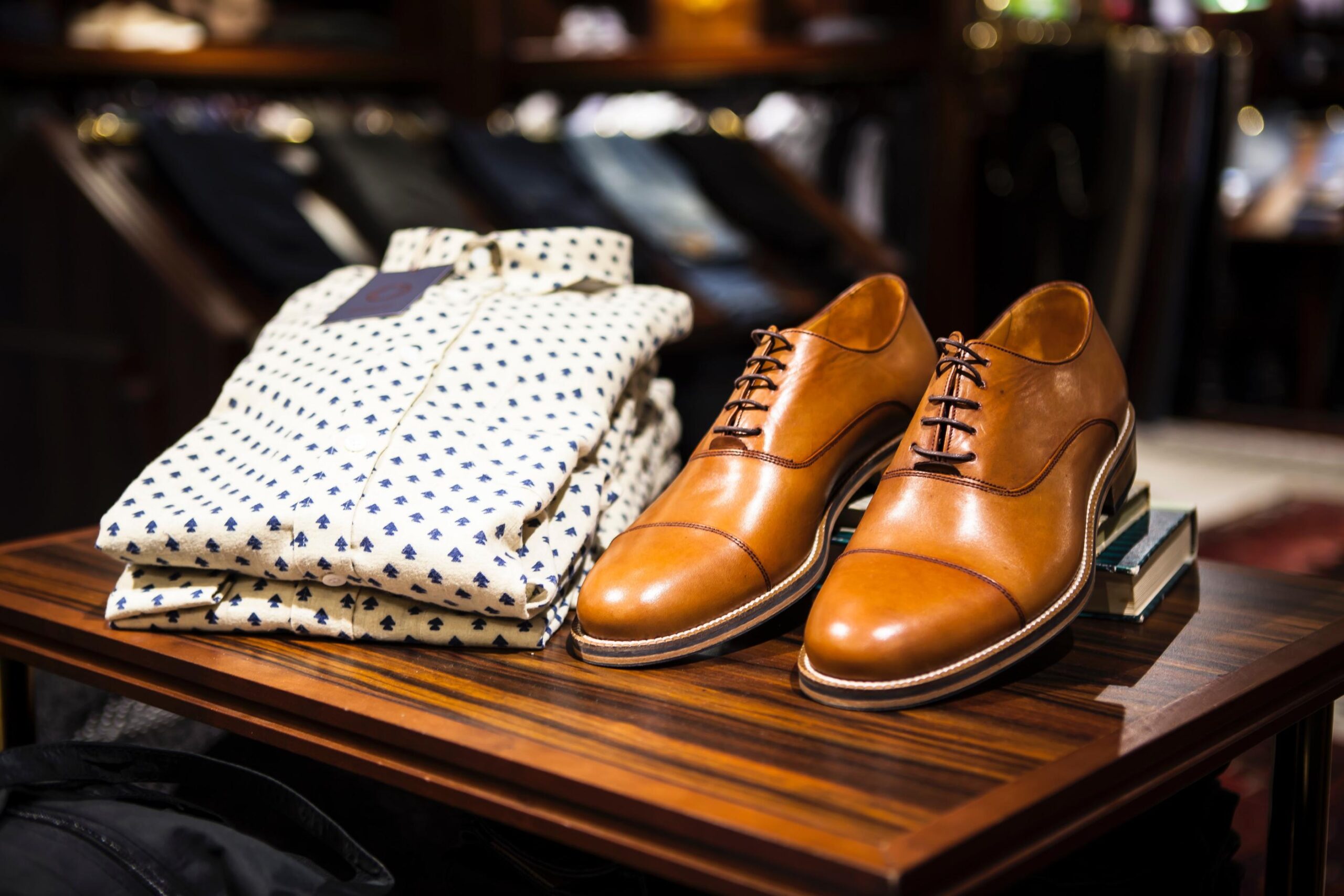
1. Circular Fashion: Emphasizing on designing products with the intention to keep them in the loop by promoting recycling, upcycling, and minimizing waste.
2. Slow Fashion: Focusing on producing high-quality, durable garments that can be worn for longer periods, encouraging a shift away from fast fashion’s disposable and quick turnover model.
3. Sustainable Fabrics: Increasing use of eco-friendly materials such as organic cotton, hemp, bamboo, recycled polyester, and other innovative alternatives to traditional fabrics.
4. Vegan Fashion: Growing demand for cruelty-free and animal-free fashion options, including alternatives to leather, fur, silk, and other animal-derived materials.
5. Fair Trade and Ethical Practices: A rising emphasis on transparency and accountability, ensuring fair wages, safe working conditions, and ethical treatment of workers throughout the supply chain.
6. Local Production: Shifting production closer to consumers to reduce carbon emissions associated with transportation, supporting local artisans, and reducing the environmental impact of global supply chains.
7. Second-hand and Vintage Fashion: A surge in popularity of thrifting, swapping, and purchasing pre-owned clothing to extend the lifecycle of garments and reduce waste.
8. Upcycling and Repurposing: Creative reuse of materials, transforming waste and discarded fabrics into new, innovative designs, reducing the need for raw materials.
9. Green Packaging: Increased focus on sustainable packaging solutions, using biodegradable and recyclable materials, avoiding single-use plastics, and reducing overall packaging waste.
10. Collaborations and Innovation: Brands collaborating with sustainable fashion initiatives, NGOs, and innovators to drive research, development, and adoption of sustainable practices, materials, and technologies.
